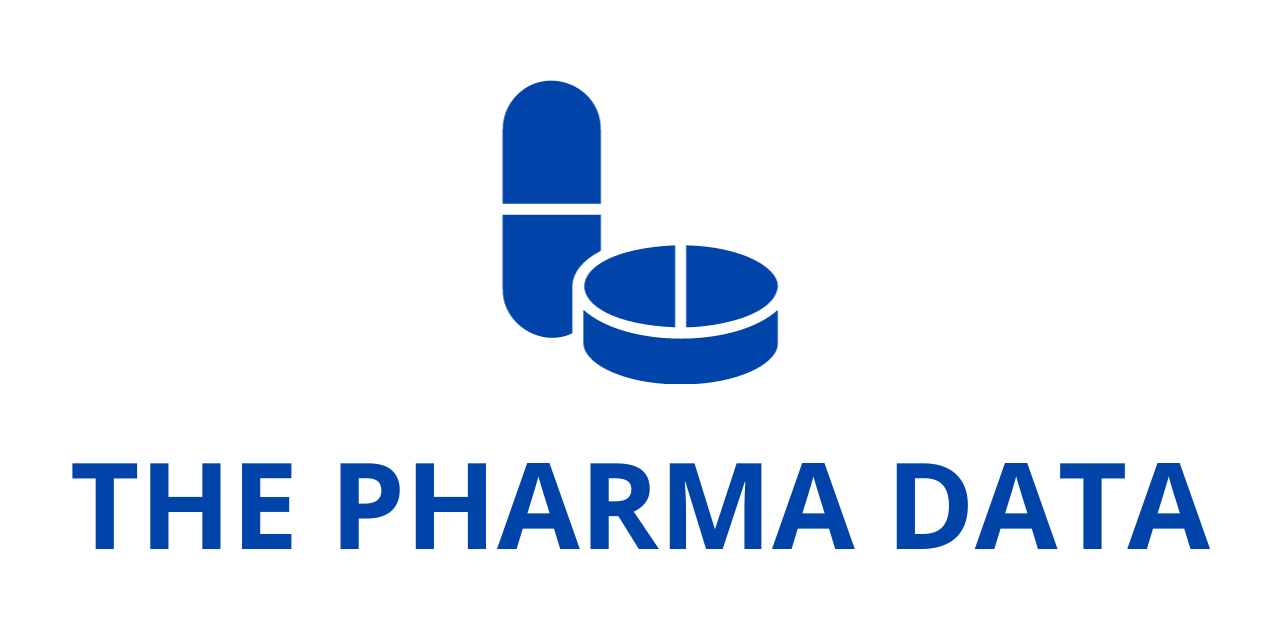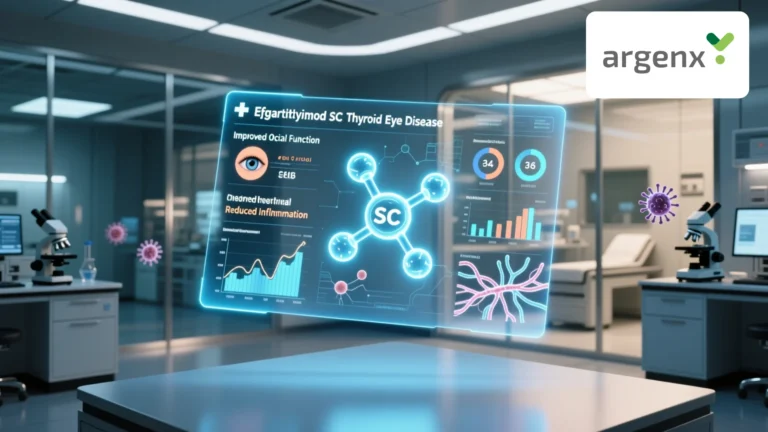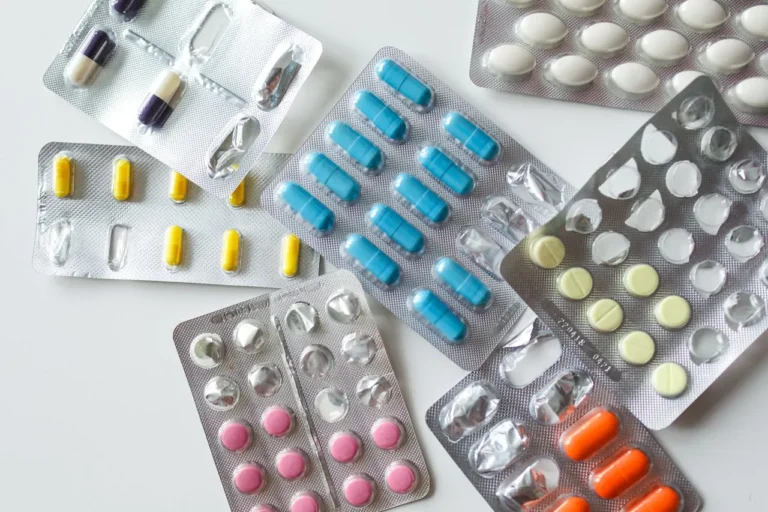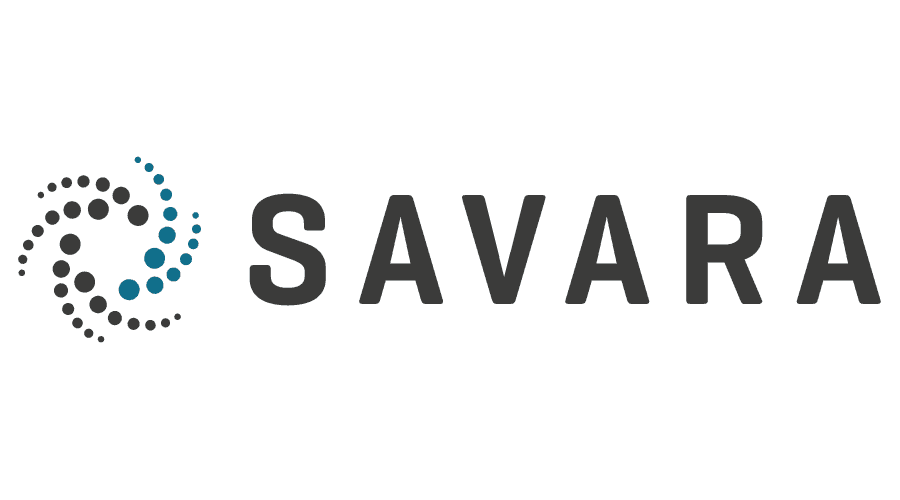
Savara’s Landmark IMPALA-2 Phase 3 Trial of Inhaled Molgramostim in Autoimmune Pulmonary Alveolar Proteinosis to Be Published in The New England Journal of Medicine
Savara Inc. (Nasdaq: SVRA), a clinical-stage biopharmaceutical company dedicated to advancing therapies for rare respiratory diseases, announced a significant milestone in its development journey: results from the company’s pivotal Phase 3 IMPALA-2 clinical trial will be published in The New England Journal of Medicine (NEJM), one of the most prestigious peer-reviewed medical journals in the world.
The Savara paper, titled “A Phase 3 Trial of Inhaled Molgramostim Therapy in Autoimmune Pulmonary Alveolar Proteinosis”, is scheduled to appear in the August 21, 2025, online edition of NEJM and will subsequently be accessible via the company’s corporate website on its Congresses & Publications page. Publication in NEJM reflects both the scientific and clinical significance of these findings, and signals growing recognition of molgramostim as a potentially transformative therapy for patients with autoimmune pulmonary alveolar proteinosis (aPAP).
Understanding Autoimmune Pulmonary Alveolar Proteinosis (aPAP)
Autoimmune PAP is a rare and chronic lung disorder characterized by the build-up of surfactant within the alveoli, the tiny air sacs of the lungs responsible for oxygen exchange. This abnormal accumulation of surfactant—caused by autoantibodies that neutralize granulocyte-macrophage colony-stimulating factor (GM-CSF)—leads to impaired gas exchange, progressive shortness of breath, exercise intolerance, and, in severe cases, life-threatening hypoxemia.
The disease, while rare, has devastating impacts on patients’ quality of life. Current standard of care is whole lung lavage (WLL), a Savara highly invasive procedure in which large volumes of saline are used to physically wash out the excess surfactant from the lungs under general anesthesia. Although effective in temporarily relieving symptoms, WLL is burdensome, carries procedural risks, and does not address the underlying immune-mediated pathophysiology of the disease.
This urgent unmet need has driven the exploration of novel therapies like molgramostim, an inhaled recombinant Savara human GM-CSF designed to restore GM-CSF signaling in the lungs, thereby improving surfactant clearance and lung function.
The IMPALA-2 Trial: Largest and Longest Phase 3 Study in aPAP
IMPALA-2 stands as the most extensive Phase 3 trial ever conducted in patients with autoimmune PAP, both in terms of patient enrollment and study duration. The trial evaluated 48 weeks of once-daily inhaled molgramostim therapy in patients diagnosed with the disease.
Dr. Bruce Trapnell, Professor of Medicine and Pediatrics at the University of Cincinnati College of Medicine and Lead Clinical Investigator of IMPALA-2, emphasized the importance of the study:
“IMPALA-2, the largest and longest Phase 3 clinical trial conducted in patients with autoimmune PAP, demonstrated that 48 weeks of once-daily administration of inhaled molgramostim addresses the underlying pathophysiology of this chronic rare lung disease. Treatment with molgramostim improved the cardinal manifestations of autoimmune PAP, namely it reduced pulmonary surfactant burden and improved pulmonary gas transfer, respiratory health-related quality of life, and patient functionality. Additionally, molgramostim was well tolerated with no notable safety concerns.”
This statement highlights not only the Savara clinical efficacy of molgramostim but also its tolerability, a critical consideration in long-term treatment of chronic conditions.
Meeting the Primary Endpoint: Significant Improvement in Gas Exchange
The primary endpoint of IMPALA-2 was the change from baseline in the hemoglobin-adjusted percent predicted diffusing capacity of the lungs for carbon monoxide (DLco%) at Week 24. DLco% is a well-established clinical measure of pulmonary gas exchange efficiency.
Molgramostim achieved statistical significance in improving DLco% compared with placebo at Week 24:
- Molgramostim group: 9.8% improvement from baseline
- Placebo group: 3.8% improvement from baseline
- Estimated treatment difference: 6.0% (P < 0.001, least-squares means comparison)
Importantly, this beneficial effect was not transient but sustained through Week 48. At that point, the improvement was even more pronounced:
- Molgramostim group: 11.6% improvement from baseline
- Placebo group: 4.7% improvement
- Estimated treatment difference: 6.9% (P < 0.001)
These findings confirm the durability of the drug’s efficacy across nearly one year of continuous treatment.
Clinical interpretation further reinforces the significance of these results. The minimal clinically important difference (MCID) for DLco% is widely recognized as about 10% in conditions like pulmonary fibrosis. Molgramostim’s mean improvements of 9.8% at Week 24 and 11.6% at Week 48 approximate or exceed this threshold, underscoring the clinical relevance of the therapy.
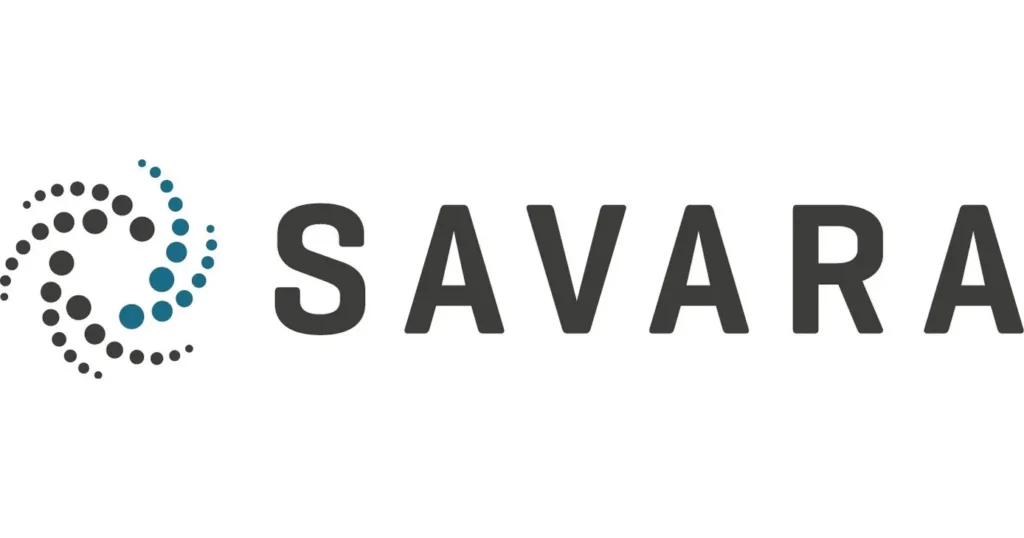
Secondary Outcomes: Quality of Life, Exercise Capacity, and Surfactant Burden
While the Savara primary endpoint results are compelling, the trial also delivered positive results across multiple secondary outcomes, painting a holistic picture of molgramostim’s potential benefits.
1. Respiratory Quality of Life (St. George’s Respiratory Questionnaire)
The St. George’s Respiratory Questionnaire (SGRQ) is a validated tool that measures health-related quality of life in patients with chronic respiratory diseases.
- SGRQ Total Score:
- Week 24: -11.5 points for molgramostim vs. -4.9 points for placebo (difference -6.6; P=0.007)
- Week 48: -10.7 points for molgramostim vs. -5.9 points for placebo (difference -4.9, CI -10.8 to 1.0)
- SGRQ Activity Score:
- Week 24: -13.0 points for molgramostim vs. -5.2 points for placebo (difference -7.8, CI -14.1 to -1.5)
- Week 48: -13.4 points for molgramostim vs. -7.4 points for placebo (difference -6.0, CI -13.6 to 1.6)
Improvements exceeded established thresholds for clinical relevance, indicating patients not only breathed better but also experienced meaningful improvements in daily activities and overall well-being.
2. Exercise Capacity (Peak Metabolic Equivalents, METs)
Exercise Savara tolerance was evaluated using peak metabolic equivalents (peak-METs), a metric reflecting oxygen consumption and energy expenditure.
At Week 48:
- Molgramostim-treated patients: +1.1 peak-METs from baseline
- Placebo group: +0.6 peak-METs
- Difference: +0.6 peak-METs (CI 0.1 to 1.0)
To put this in perspective, an increase of just 0.5 METs is considered clinically significant in cardiovascular rehabilitation. Molgramostim’s impact therefore represents a clinically meaningful improvement in exercise tolerance and functional capacity, further enhancing patient outcomes.
3. Surfactant Burden (Ground Glass Opacity Scores)
A hallmark of aPAP is excessive pulmonary surfactant. In IMPALA-2, ground glass opacity (GGO) scores, derived from CT scans and assessed by blinded radiologists, served as exploratory markers of surfactant load.
At Week 24:
- Reduction in GGO score: -2.1 (molgramostim) vs. -1.1 (placebo)
Fewer patients receiving Savara molgramostim required rescue therapy with whole lung lavage during the double-blind period:
- Molgramostim: 6 patients (7%)
- Placebo: 11 patients (13%)
This reduction in invasive procedures is especially relevant given the risks, costs, and patient burden associated with WLL.
Safety and Tolerability
Safety is paramount in any long-term Savara therapy for a chronic condition. IMPALA-2 demonstrated that molgramostim was well tolerated, with most adverse events classified as mild or moderate.
- Completion Rates: 98% of molgramostim patients and 96% of placebo patients completed the 48-week double-blind treatment period.
- Discontinuation Rates: Few patients discontinued due to adverse events, reflecting an acceptable safety profile.
The lack of notable safety concerns provides additional confidence in molgramostim as a candidate for chronic administration.
Broader Clinical and Scientific Implications
The IMPALA-2 findings hold significance well beyond the confines of a single trial. For patients with aPAP, these results represent the Savara first robust evidence that a pharmacological intervention can effectively target the root cause of the disease—GM-CSF autoantibody–mediated surfactant accumulation—rather than simply providing symptomatic relief through lavage.
Publication in The New England Journal of Medicine further validates the importance of the findings and ensures global visibility among clinicians, pulmonologists, and respiratory researchers. This recognition may help accelerate adoption of inhaled GM-CSF therapy into clinical practice once regulatory approvals are obtained.
Next Steps for Savara
For Savara, NEJM publication of the IMPALA-2 trial represents a major inflection point in the company’s development trajectory. With strong Phase 3 data now in the public domain, the company is expected to advance toward regulatory submissions in the United States and other geographies.
The U.S. Food and Drug Administration (FDA) and European Medicines Agency (EMA) will likely consider these pivotal data in evaluating the safety and efficacy of molgramostim for the treatment of aPAP. If approved, molgramostim could become the first disease-modifying therapy for this rare and debilitating lung disease.
The IMPALA-2 Phase 3 trial of inhaled molgramostim in autoimmune PAP marks a watershed moment in rare respiratory disease research. By demonstrating sustained improvements in gas exchange, quality of life, exercise capacity, and surfactant clearance—combined with strong tolerability—the therapy has shown promise as a paradigm-shifting alternative to invasive whole lung lavage.
The upcoming publication of these findings in The New England Journal of Medicine underscores their clinical importance and highlights Savara’s progress in transforming care for patients with autoimmune PAP. For the thousands worldwide affected by this rare disease, molgramostim may soon represent the first true advance in decades.
